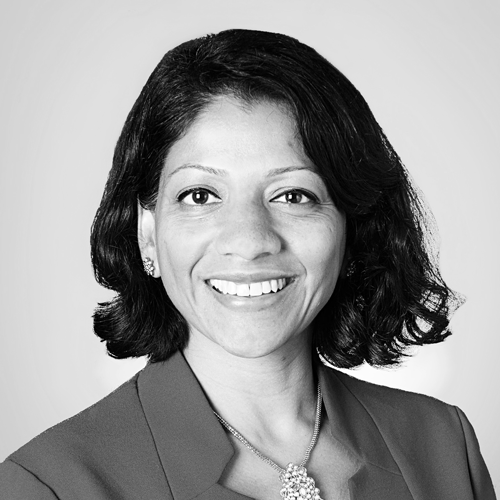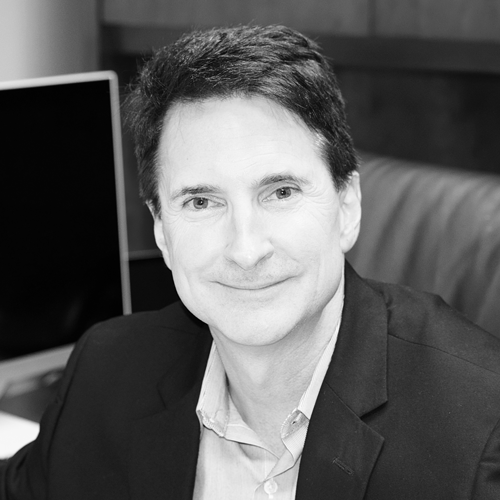It’s still somewhat unusual for a chief medical information officer to be named CIO. How did you make the transition?
Andrew Rosenberg: As CMIO, I had been functioning as a link between the clinical side of University of Michigan Health Systems and the information and technical needs of the education and research areas. That role took on an additional strategic component instead of being strictly technical. I had previously helped lead implementation of our COPE project and our Epic EMR system. Subsequently, I created an executive director role in one of our major IT groups for information and data management. I also led our analytics, reporting, and data-warehouse efforts. All of that provided intimate knowledge and understanding of UMHS’s people, systems, and workflows—more than the typical CMIO.

What practical benefits does that range of experience provide you, as CIO?
Rosenberg: As technology has become more commoditized and standardized, technology leaders are more involved in strategy. They’re not just technocrats. That’s particularly relevant in large, complex academic medical centers where there are so many competing needs. CIOs who come from the clinical side, like I did, are well suited to appropriately and objectively manage those competing needs.
How do you manage those needs?
Rosenberg: In 2010, I created the Office of Clinical Informatics, which acts as a pipeline from students and residents to more experienced clinicians and research operations. It includes ten associate CMIOs, each responsible for various clinical, institutional, and research areas—like the Cancer Center, Children’s and Women’s Hospital, and other specific departments. It links operational data to the more academic informatics being developed within the medical school in order to break down silos. Then, for example, we can use the resulting blended data to create a mobile app- lication that notifies physicians when a patient isn’t doing well. We have to create an environment in which health IT is recognized as part of overall operations.
What is COMPASS and how large of a role does it play in your plans?
Rosenberg: COMPASS is our road map for Comprehensive Analytic Support Services and guides how we are attempting to organize data and use it for analytics. What’s highly innovative about it is that it is removing silos and smaller, incremental solutions and enables us to go after what I call ‘the Full Monty,’ or an initiative that addresses every single analytics request we have received. We interviewed more than 1,000 users, developed the road map, the timeline, and created a system of data governance along with other very specific requirements. Within the scope of rules-based access, it will enable everyone to review and make use of any of the available data within our system regardless of department or point of origin. In other words, we will be able to link any specific analytics need to the broader data landscape.
Can you give an example of the practical benefits that COMPASS will provide?
Rosenberg: Organizations like ours have numerous databases, data marts, and data warehouses, but the information contained is isolated. The structure that COMPASS calls for creates a united infrastructure so a researcher can identify data throughout the system, access it, and create apps or do cohort discovery. Today, that researcher may never know that this particular data even exists. It will also give us the ability to incorporate novel algorithms that can be installed into existing information systems, as well as novel tools to share and display information, not just EMRs. One practical benefit is that sensors and other IT health systems will be able to help support real-time, at-home monitoring instead of needing to admit patients.
How does big data fit into all of these plans?
Rosenberg: Even with so many technology breakthroughs, there are patients who don’t have the basic tools—like computers, telephones, or wireless connections—to take advantage of them. Big data and technologies like geotagging give us tools to take a pragmatic approach to figure out how to reach those populations that frequently have chronic diseases and the highest morbidity, mortality, and costs to treat. New technologies, when executed properly, might help overcome the hurdles to reach those patients. We’ve already had success on an in-patient basis by our ability to predict and prevent acute changes in hemodynamics by enriching traditional measures like EKGs and blood pressure measurements with streaming sensor data, and then applying new analytics techniques. That’s enabled us to identify highly at-risk patients hours before they would have otherwise experienced cardiac arrest and we would have had to call in emergency teams.
Have you discovered any surprising benefits as you pursue these various innovations and initiatives?
Rosenberg: Natural synergies happen when we eliminate barriers between academic, research, infrastructure, and information needs and data. Over and over, I have found that when one group learns about what another is working on, they naturally make efforts to work together. Within our system, I’ve seen six or seven major initiatives blossom simply by enabling different groups to connect that weren’t aware of each other before.
Photo by Leisa Thompson Photography

